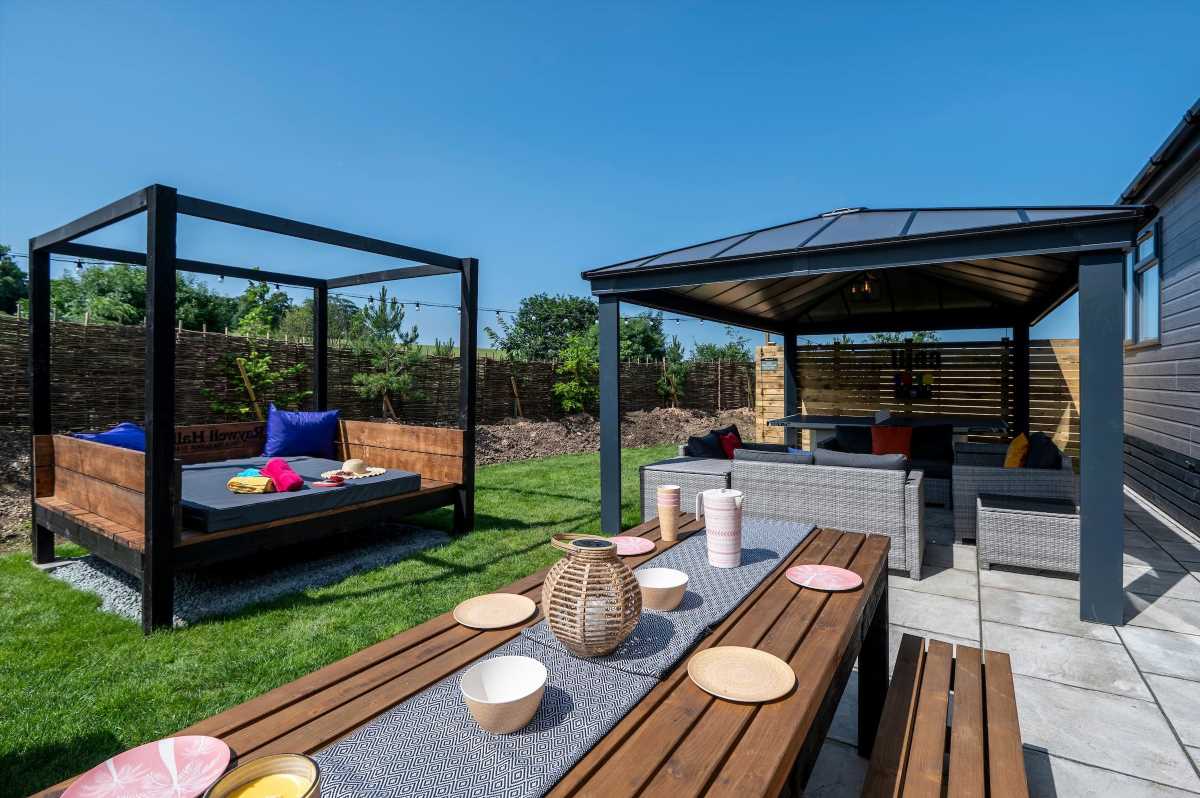CORONAVIRUS cases are falling across the country – but there are five areas where infections are still rising rapidly, data has revealed.
In the last seven days infections have dropped in 90 per cent of the local authority areas in England.
Data from Public Health England (PHE) states that just ten per cent of places have seen a rise in cases – that's just 30 areas out of 315.
The most recent infection data states that 29,312 tested positive with the virus yesterday.
Lincoln currently has the highest rate, with 744 new cases in the seven days to July 31 – the equivalent of 749.3 per 100,000 people.
This is up from 337.4 in the seven days to July 24.
Exeter has the second highest rate, up from 366.8 to 559.3, with 735 new cases.
Hull has the third highest rate, up from 515.1 to 525.4, with 1,365 new cases.
Lincoln and Exeter are also the top two places that have seen the biggest week-on-week increase in cases in the last week.
Lincoln has the highest rate of infections in the country, and public health chiefs in the area have said it is linked to the night life in the city.
Natalie Liddle, from Public Health Lincolnshire said the majority of cases that have been reported have been in people under the age of 30.
She said: "We are currently managing a cluster of outbreaks in and around Lincoln – and we've seen a particular increase in cases linked to the night-time economy."
Cases in Exeter are also rising rapidly and are currently above the national average for England- which is around 284 cases per 100,000. Exeter is at 559.3.
The council this week tweeted that there has been an 'increased demand' on A&E departments in the area.
It also stated that due to rising infections, there is a shortage HGV drivers in the area, meaning that waste and rubbish collections have slowed.
The third area that has seen a substantial jump in cases in the last week is North Kesteven in the East Midlands.
Cases in the area have gone from 236.1 per 100,000 to 427.7.
Health bosses in the area previously said that rates had 'not yet turned a corner'.
The 30 areas where Covid cases are rising
While infections have fallen in 90 per cent of areas – they have increased in 10 per cent of places.
Here are the 30 areas where cases have risen. The number on the LEFT represents cases recorded in the seven days to July 31. The number of the RIGHT is for cases recorded the week before, the seven days to July 24.
Lincoln, 749.3, (744), 337.4, (335)
Exeter, 559.3, (735), 366.8, (482)
Hull, 525.4, (1365), 515.1, (1338)
Bournemouth Christchurch and Poole, 512.7, (2027), 467.0, (1846)
Sheffield, 485.1, (2837), 434.0, (2538)
North Kesteven, 427.7, (500), 236.1, (276)
Norwich, 412.6, (580), 323.7, (455)
Brighton and Hove, 408.8, (1189), 376.4, (1095)
Leicester, 348.6, (1235), 343.3, (1216)
Cheltenham, 326.7, (380), 291.5, (339)
West Lindsey, 326.1, (312), 241.5, (231)
Cambridge, 326.1, (407), 304.5, (380)
Peterborough, 316.9, (641), 287.3, (581)
Rutland, 308.1, (123), 273.0, (109)
South Norfolk, 307.4, (433), 252.0, (355)
Dorset, 283.0, (1071), 256.5, (971)
Mid Devon, 279.4, (230), 243.0, (200)
Newham, 272.7, (963), 268.7, (949)
Broadland, 262.3, (343), 247.0, (323)
Somerset West and Taunton, 243.7, (378), 174.7, (271)
Tewkesbury, 243.1, (231), 224.2, (213)
South Kesteven, 238.0, (339), 226.1, (322)
East Suffolk, 231.7, (578), 194.0, (484)
Lewes, 228.5, (236), 217.9, (225)
Breckland, 227.2, (318), 161.5, (226)
Canterbury, 225.5, (373), 210.4, (348)
Horsham, 217.7, (313), 216.3, (311)
North Norfolk, 216.5, (227), 203.2, (213)
East Cambridgeshire, 203.7, (183), 198.1, (178)
Thanet, 202.2, (287), 162.8, (231)
Lincolnshire County Council’s Deputy Director of Public Health Andy Fox hailed vaccines and suggested that the immunity they have provided would see cases slowing.
In Norwich, cases have also jumped from 323.7 to 412.6.
Pressure has mounted at local hospitals in the area after bosses said Latitude Festival had forced many staff members into isolation.
Chris Cobb, Norfolk and Norwich University Hospital's chief operating office said the workforce had been significantly reduced.
During a meeting he said: "Quite a number of our staff went to Latitude Festival, the Covid fest, and we have lost a lot of people as a consequence of that and some very key people at the moment. Luckily that is very short lived for us."
West Lindsey, another area in the East Midlands, has also seen a rise, climbing from 241.5 to 326.1.
The local council has urged residents to go and get their vaccines and that if they still have doubts, to talk to representatives at 'grab a jab centres'.
So far across the UK over 46.9 million Brits have had their Covid vaccine with 38.7 million also having had a second.
A new study this week found Brits who have had two Covid jabs are less likely to catch the bug than those who are still unvaccinated.
The data, analysed by experts at Imperial College London, also found that double vaccinated people are also less likely to pass on the virus to others.
Data from Public Health England previously found the Pfizer jab was 96 per cent effective and the Oxford/AstraZeneca vaccine 92 per cent effective against hospitalisation after both doses.
Teens aged 16 and 17 are next in line for their Covid vaccine in new plans laid out by the government – and they won't be parental permission.
At present only kids aged between 12 and 15 with serious health issues such as neurodisabilities are currently able to get the jab.
Source: Read Full Article



